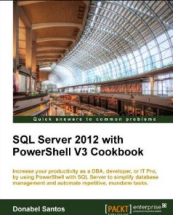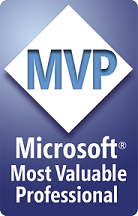Some of my projects are still in SSRS 2005 and PowerShell v1.0, so this script works and is tested on this environment only, for now.
I plan to port this to SSRS2008, PowerShell v2.0 when I get the chance.
I don’t think the code will change much; although one major change would be how I’m creating the proxy right now. PowerShell v2.0 has a cmdlet called New-WebServiceProxy.
To get this to work for PS v1.0, for now, I use New-WebServiceProxy.ps1 from http://poshcode.org/538 to create the proxy.
Steps are fairly simple
1. Create the proxy
2. Create an array of policies (ie existing users/groups for a particular report or folder)
3. Create a new policy
4. Create a new role, and add it to your policy
5. “Re”-set your policies — ex $reportserverproxy.SetPolicies($itempath,$newpolicies);





